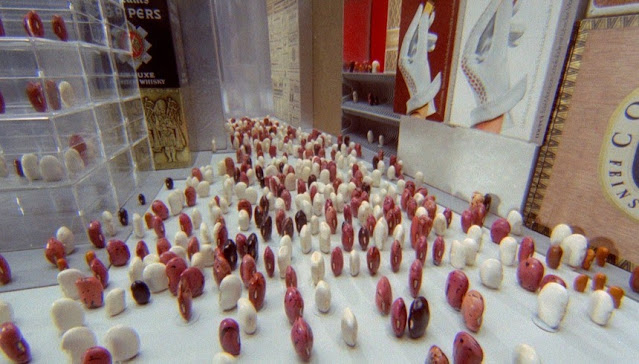 |
Zoë Kravitz as Catwoman and Robert Pattinson as Batman in The Batman. (Photo: Jonathan Olley/Warner Bros.)
|
In his 1957 architectonic study Anatomy of Criticism, structuralist Northrop Frye sketches a taxonomy of literary heroes. Those of the Mythic mode, he argues, are gods: they’re superior in kind to other characters and to their environment. They defy the laws of nature and possess divine gifts. Examples include Zeus, Bacchus, and Shiva. In a tragic narrative, they die. In a comic one, they rejoin the heavenly realm. (The Christian narrative is neither tragic, nor comic, but ironic: Christ is crucified, yet raised to the Father on the third day.)
The heroes of the Romantic mode are superior to others and their environment only by degree. Their actions are marvelous, but they themselves are human beings. In tragedy, their deaths are elegiac and tied to the decay of the created order (think Beowulf). In comedy, they ride off into a pastoral setting (e.g., the cowboy in a Western).
Following this schema, contemporary superheroes dwell in a gray area between the Mythic and Romantic modes. Some, like Superman, are gods – different from us in kind. Others, like the X-Men, are mortals but possess mutations that give them supernatural powers. And still more, like Iron Man, don’t have genetic enhancements so much as advanced technology, making them more Romantic than Mythic.



















